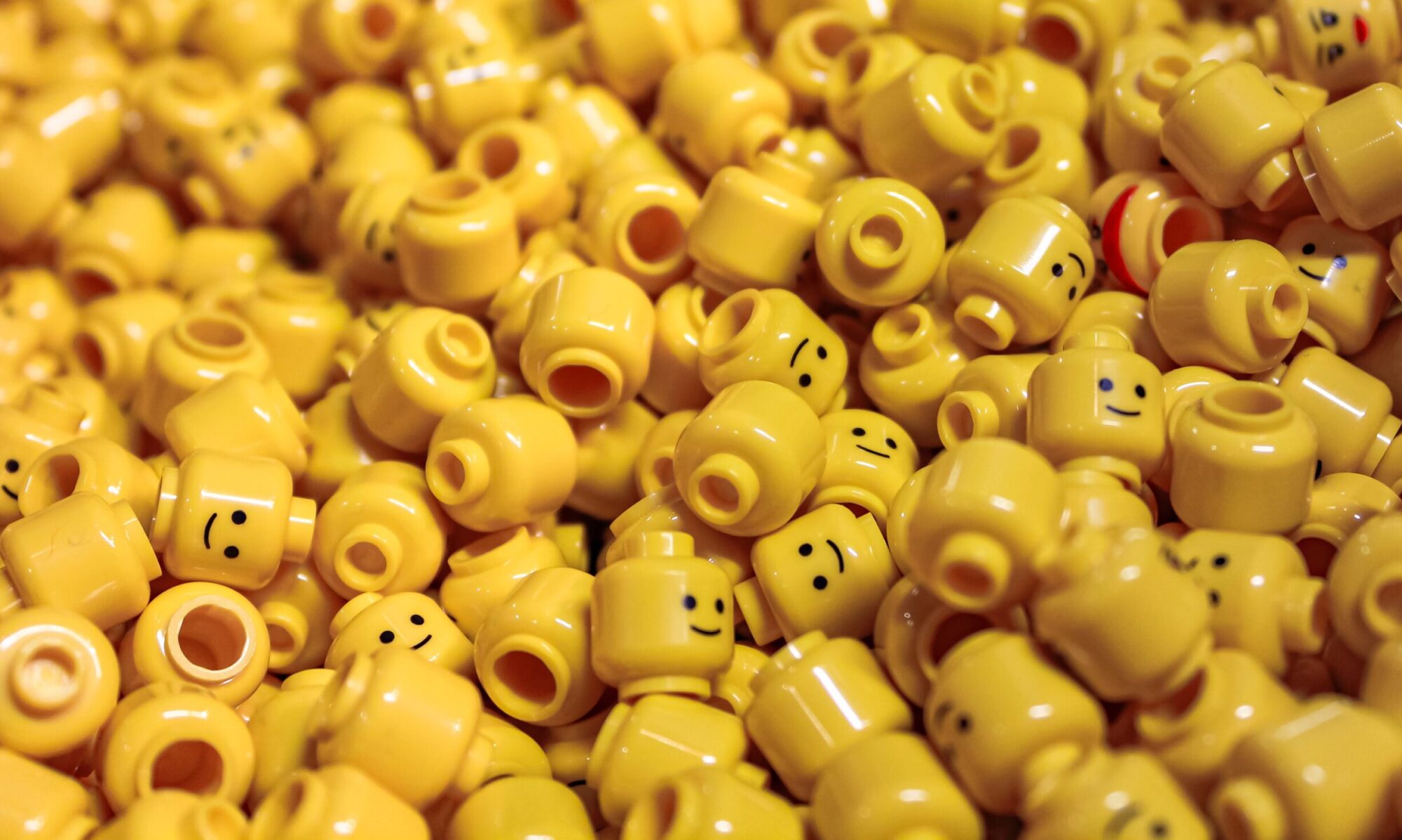Bilirubin explained
All about Bilirubin.
If you’ve been diagnosed with Gilbert’s Syndrome, then you’ve most probably been told that your bilirubin levels were high. It’s one of the most common ways of determining that a patient has Gilbert’s Syndrome, and usually happens after general blood tests.
But what is Bilirubin, what does it do and will it harm us?
Bilirubin comes from the blood when blood cells become old, and die. Hemaglobin, the substance in blood that carries oxygen, is broken down to heme and globin and is passed onto the liver. Bilirubin is formed from the heme part of hemaglobin, and is a bright greenish yellow colour.
The bilirubin is not water soluble when it gets to the liver, and needs an enzyme to become so, then it can be easily passed out of the body. The water soluble substance now passes through the gall bladder as bile and into the small intestine where it continues to be processed by bacteria in the intestines, and is passed out through the faeces and urination.
This enzyme that makes the bilirubin water soluble is called glucuronyl transferease, known as UGT for short, and is what people with Gilbert’s Syndrome are genetically lacking. This means that the bilirubin is not ‘conjugated’ or converted so that it can easily leave the body.
The enzyme also uses blood sugar to help in processing bilirubin, which is one reason why missing meals can affect you. It’s best to ensure you have regular small meals, and cut down on unrefined sugar and carbohydrates like white bread and pasta, so that the amount of enzyme you have can always have a stable supply of blood sugar to do its job.
There is always some bilirubin that is in the blood but this is chemically different from the ‘conjugated’ bilirubin. GS sufferers however, have a lot more of this ‘unconjugated’ bilirubin because it hasn’t been disposed of as it should through the usual process. It’s the difference between the 2 types that tips off those conducting the lab tests on your blood that you have GS.
When bilirubin builds up in the blood at more than around 2.5mg/dl, then the skin and eyes become discoloured with yellow, otherwise know as jaundice. There are a number of reasons bilirubin builds up in the blood other than the lack of the enzyme, and it’s important to rule those out before diagnosing Gilbert’s Syndrome. For example the patient’s bile duct could be blocked, or they could have a type of anaemia, or hepatitis.
Drugs can also affect the measurements of bilirubin, and many can increase it such as steroids, some antibiotics, antimalarials, codeine, diuretics, MAO inhibitors, nicotinic acid, oral contraceptives, and others. Drugs that decrease bilirubin measurements include barbiturates, caffeine, penicillin and high dose salicylates.
You’re likely to be diagnosed between the age of 10 and 30. Males are more likely to have Gilbert’s Syndrome than females, and there are some slight differences in the gene depending on racial background. Many people will not even notice they have it.

